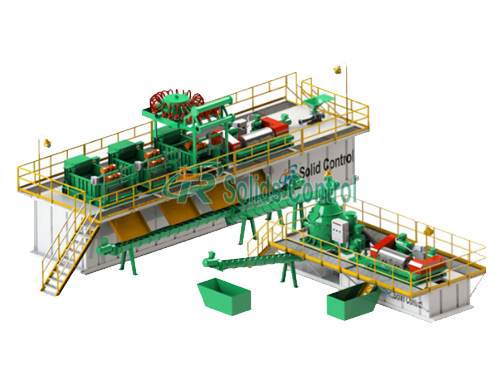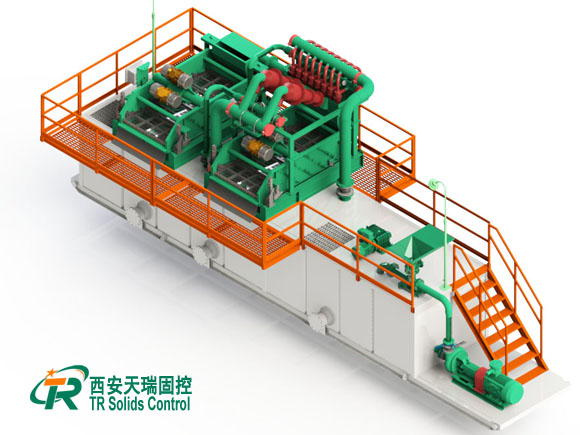Shale Shaker Installation Standards: A Practical Guide for Safe and Efficient Setup
When setting up a solids control system, following proper shale shaker installation standards is essential for achieving stable performance, long equipment life, and safe operation. In this guide, we break down the key requirements that drilling teams should follow during shaker installation, from foundation preparation to final commissioning.

1. Site Preparation
- A correct installation starts with a proper base.
- The mounting platform must be flat, rigid, and reinforced.
- Avoid installing the shaker on loose or vibrating structures.
- Ensure enough space around the unit for screen replacement, cable routing, and maintenance access.
2. Structural Alignment Requirements
- Correct alignment keeps the shaker running smoothly.
- The shaker bed must be installed horizontally unless manufacturer guidelines specify an angle.
- Check that the vibrator motors are aligned and securely fastened.
- Perform a torque check on all structural bolts.
3. Vibration Isolation Standards
- Install rubber or composite isolation pads under each support point.
- Confirm pads are evenly loaded and not twisted.
- Ensure the shaker doesn’t touch nearby structures during operation.
4. Electrical & Control System Setup
- Electrical work must follow industrial safety codes.
- Use correctly rated cables, breakers, and connectors.
- Ensure all electrical components are sealed and designed for the field environment.
- Verify motor rotation direction before adding mud.

5. Fluid Handling Connections
- Proper fluid connections ensure efficient solids separation.
- Position the feed manifold so drilling mud enters smoothly without splashing.
- Confirm the discharge outlets align with mud tanks or flowlines.
- Avoid restricting the return flow or screen surface.
6. Final Commissioning Standards
- Run the shaker empty to check for abnormal noise or imbalance.
- Confirm screen tensioning is correct and uniform.
- Verify all guards, covers, and safety devices are secured.
Conclusion
Following the correct shale shaker installation standards ensures stable performance, reduces downtime, and supports smooth drilling operations. A proper installation doesn’t just protect the equipment—it helps maintain consistent solids control efficiency and safer site operations.






Leave a Reply